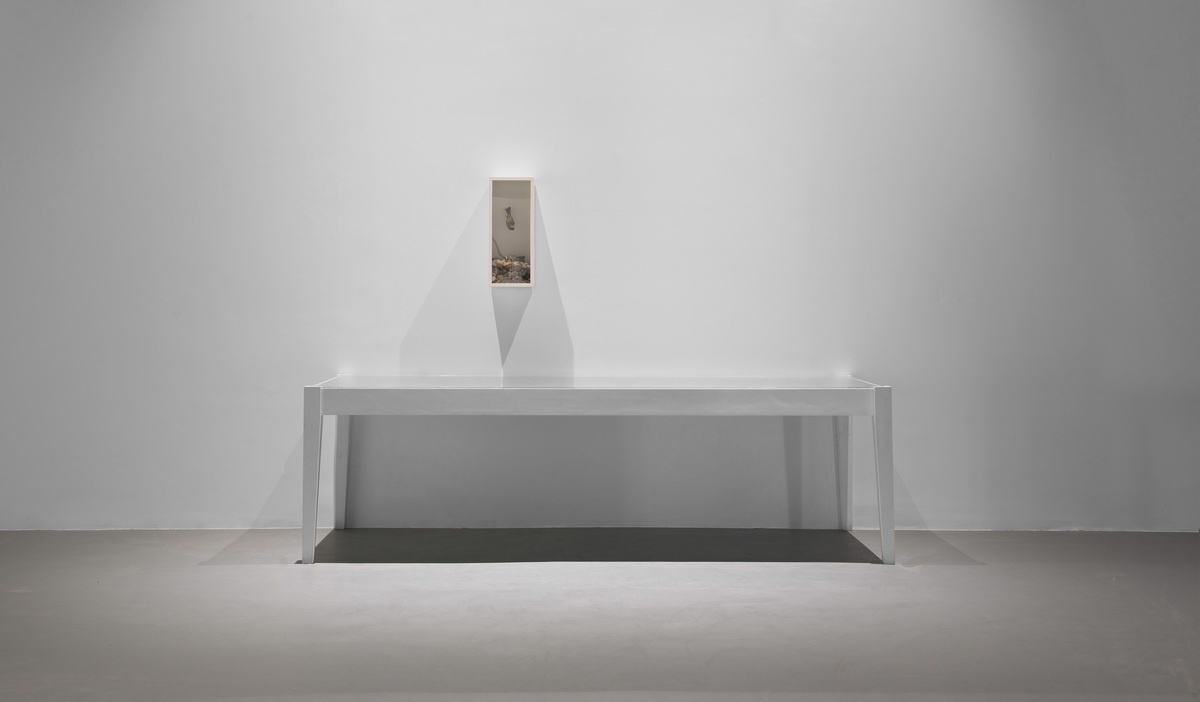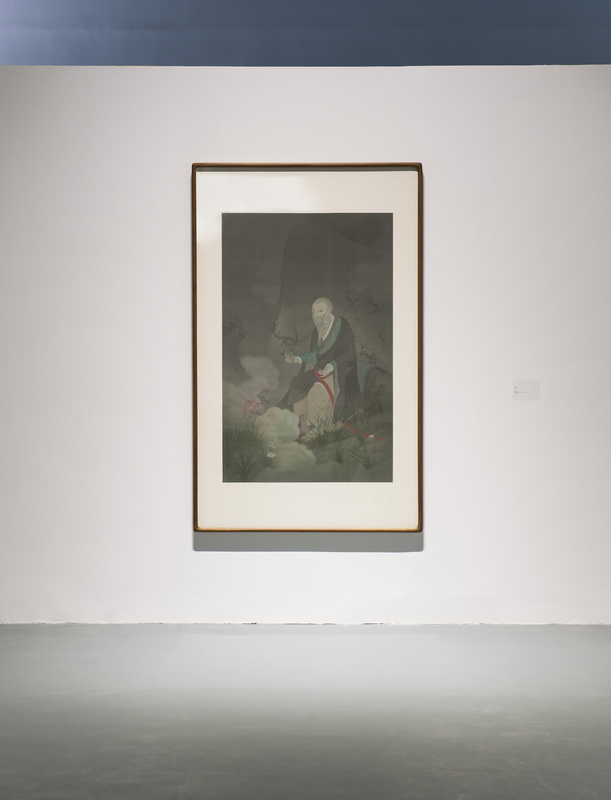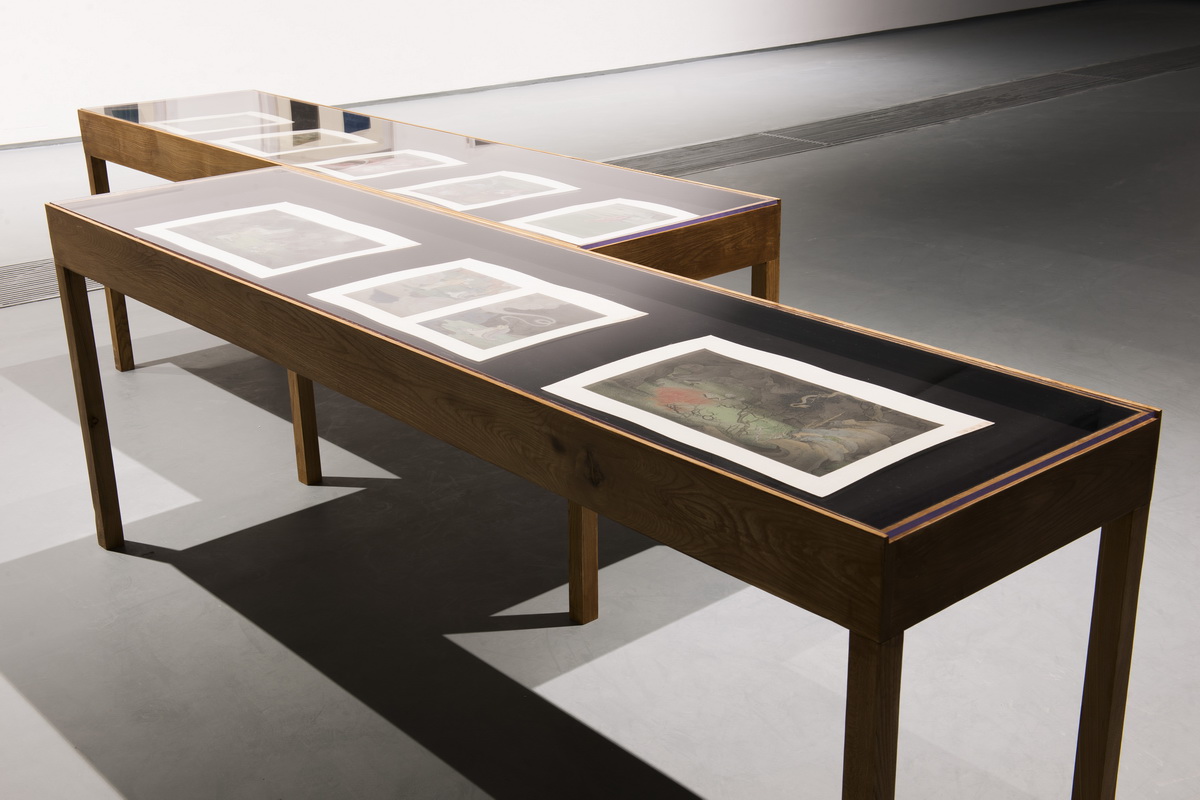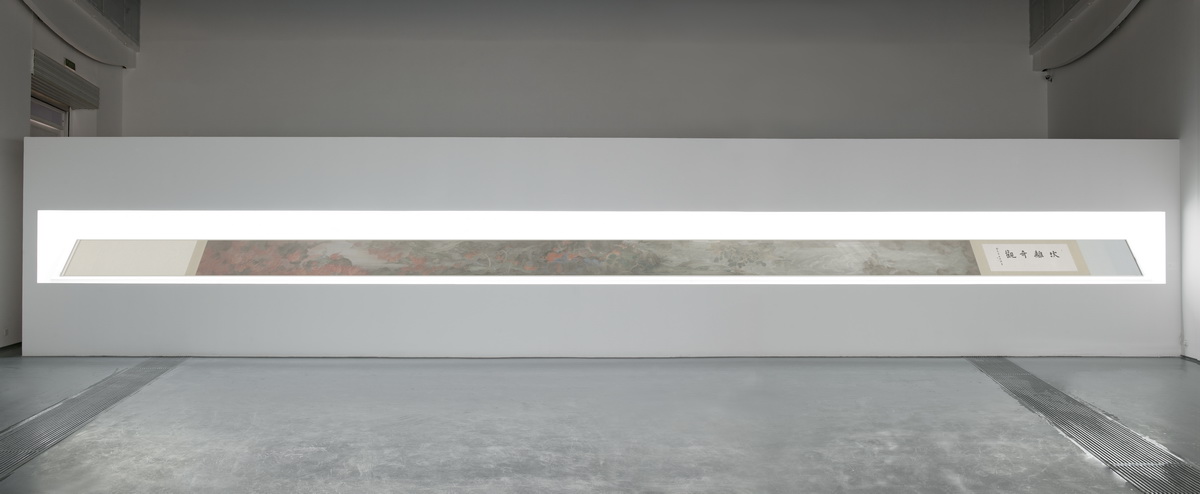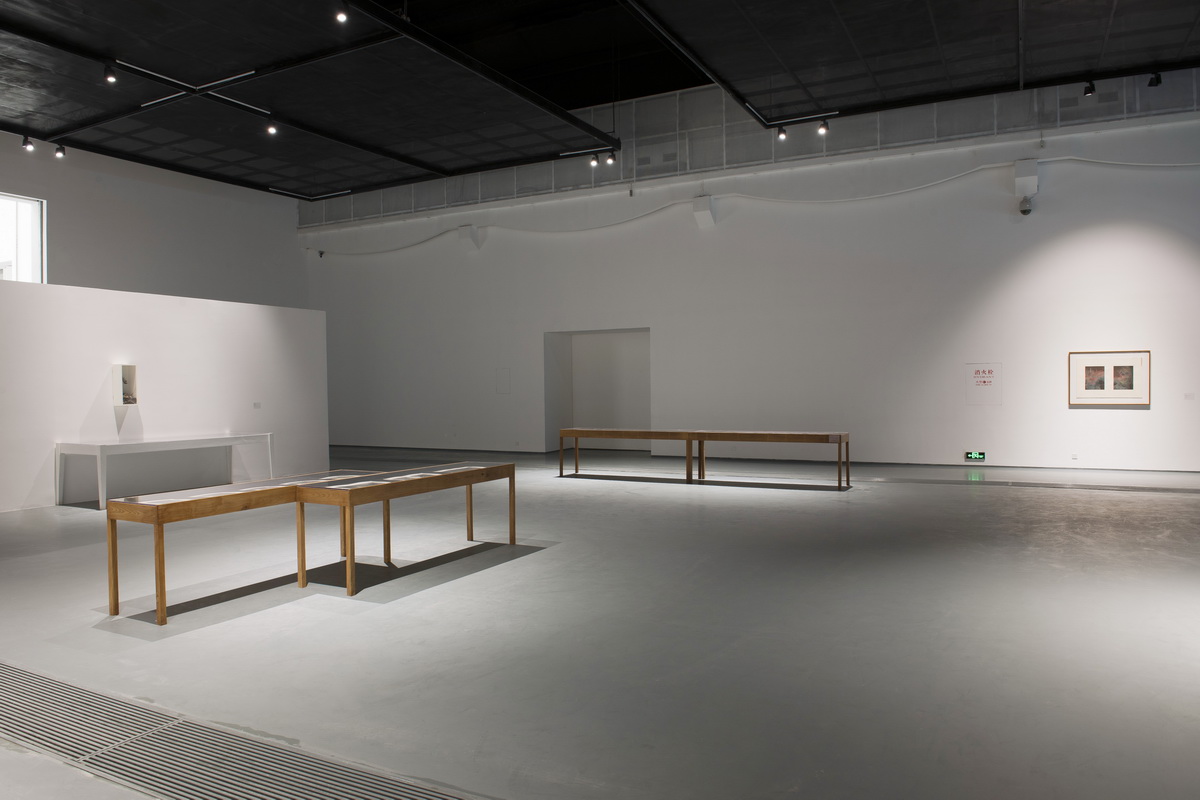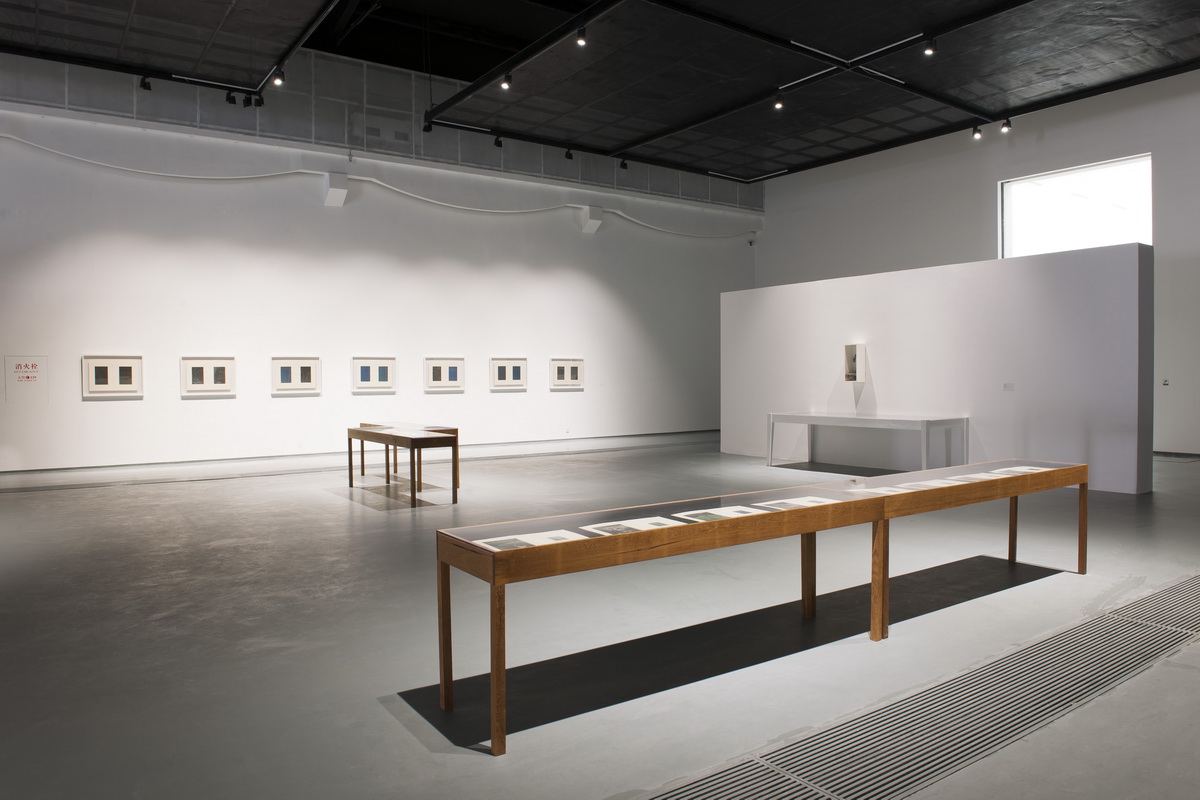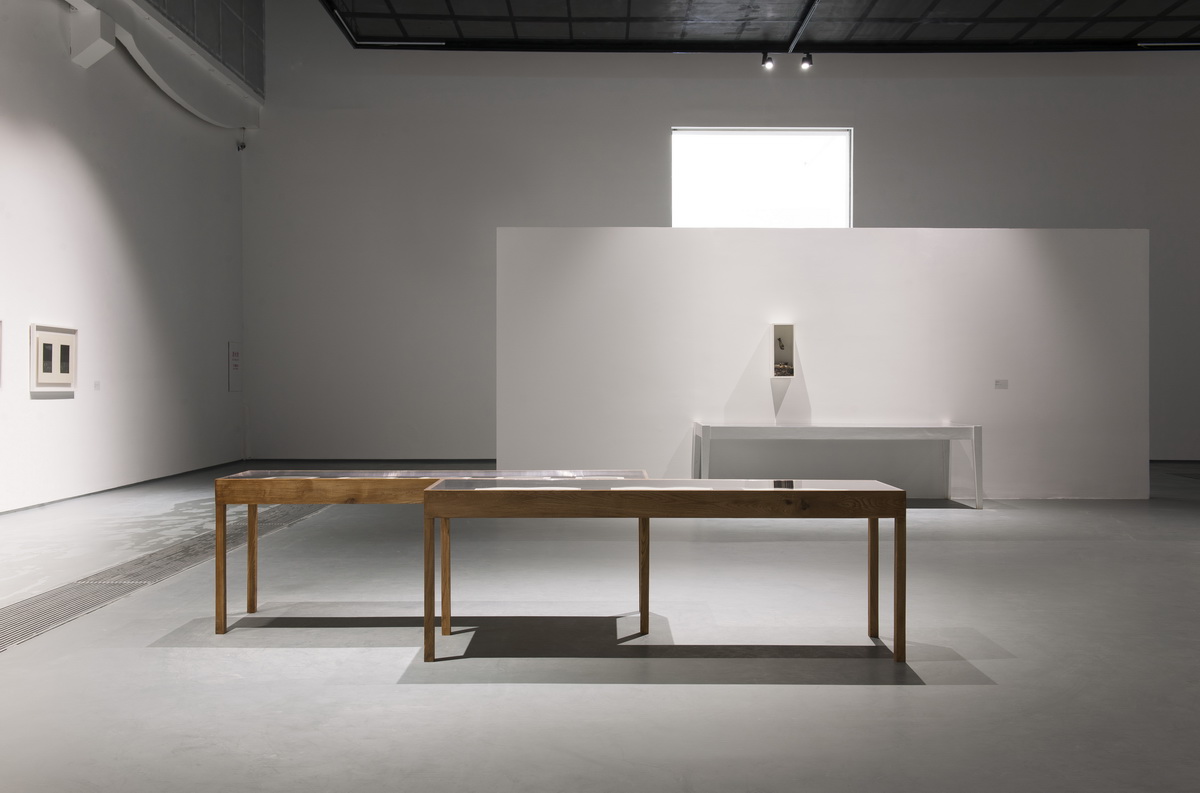Cast your eye upon ancient times, and you may well sigh at what a labyrinthine domain it seems. The price of plucking inheritable resources from that black hole may be loss of one’s individuality. Yet according the view of Jorge Luis Borges, a powerful writer or artist can create his own predecessors and change our idea of the past, which at the same time signifies a change in the future.
“Inquiry” and “transformation” are the two-fold guiding thread of Hao Liang’s creative process. “Inquiry” refers to immersion in the ancient textual milieu for the purpose of excavation. This does not stop with figuring out isolated artifacts; it also requires tracking down their background and chains of transmission. This search for linkages, which optimally should be done by scholars, has become a daily habit and even a preoccupation. Though not set down in writing, the findings are stored in his mind until they gradually resolve into operable threads. To dig up the work of predecessors is not enough. He must further “transform” them into something bearing his own stamp. We will see that the characteristic stamp which Hao imparts is due precisely to that depth of immersion, wherein lies the duality of his creative message: the minor tradition of uncanny narrative is magnified, and at the same time essential mysteries of ink-and-wash are probed. The painter engages with these interwoven aspects in a mode one could call deconstructive which is more precisely a reconfiguration. The reconfiguration is carried out in a fragmentary, allusive and fanciful manner, coalescing into a perceptible overall outline. As this outline emerges, we are made aware of what a firm, grand substrate we once possessed that allowed for such luminal potency. Such was the ancient worldview that was hidden at the core of traditional painting.
